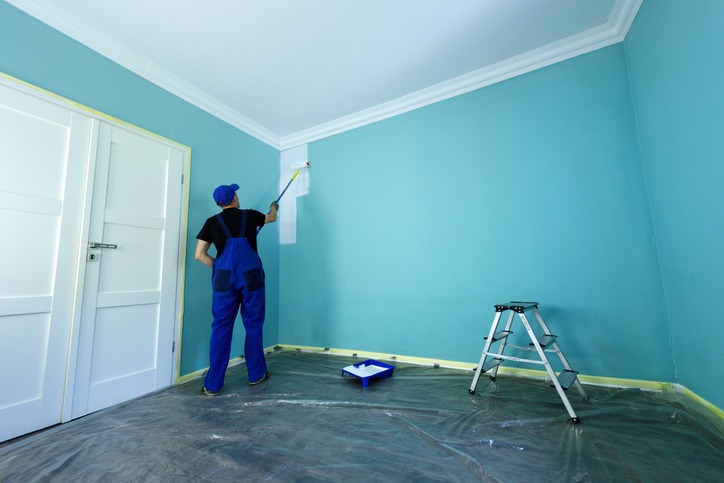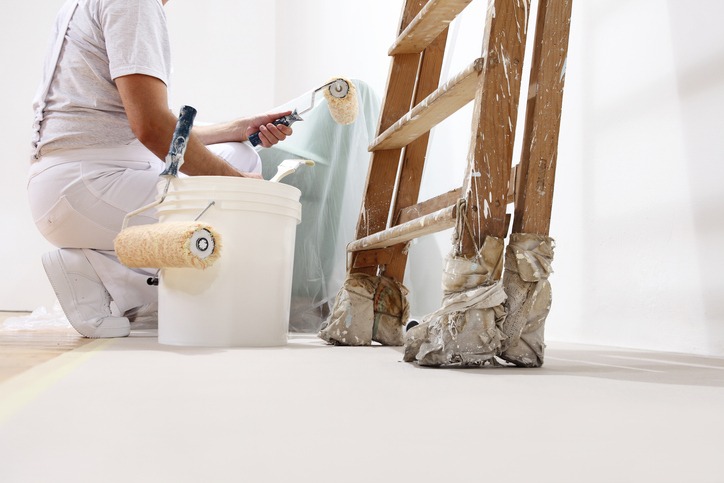Planning an interior painting project can be exciting, but it can also get expensive. Fortunately, there are several ways to save money while still achieving great results. This article will provide practical tips to help you cut costs on your next painting project without sacrificing quality.
Why Should You Plan an Interior Painting Project?
Planning an interior painting project is essential for achieving the best results and ensuring a smooth process. Here are some reasons why you should plan your painting project:
- Set a Budget: Planning helps you determine how much you can afford to spend on your project. This prevents overspending and allows you to make cost-effective choices.
- Choose the Right Colors: Planning ahead of time lets you select the best colors for your space. Before committing, you can test samples and see how they look in different lighting.
- Gather Materials: Knowing what you need in advance helps you buy the right amount of paint and supplies. This avoids last-minute trips to the store and ensures you have everything on hand.
- Schedule the Work: Planning allows you to set a timeline for your project. You can decide when to start and how long each step will take, making it easier to manage your time.
- Hire Professionals: If you plan to hire painters, scheduling ahead ensures you can book the best professionals. It also gives you time to compare quotes and choose the right contractor.
- Prepare the Space: Planning gives you time to clear the room, move furniture, and protect your belongings. Proper preparation leads to a more efficient and stress-free painting process.
- Avoid Mistakes: Planning ahead reduces the risk of mistakes. You can research techniques, watch tutorials, and make informed decisions, resulting in a better finish.
Planning your interior painting project can save money, reduce stress, and achieve a beautiful result that enhances your home.

Ways to Save Money When Planning an Interior Painting Project
Planning an interior painting project can be costly, but there are ways to save money while still achieving great results. Here are some tips to help you keep costs down:
1. Do It Yourself
One of the best ways to save money is by doing the painting yourself. With some preparation and effort, you can achieve professional-looking results without the labor costs.
2. Buy Paint on Sale
Look for sales and discounts at your local hardware or paint store. Buying paint during promotional periods can save you a significant amount of money.
3. Use Quality Tools
Invest in good-quality brushes and rollers. While they may cost more upfront, they provide better coverage and a smoother finish, reducing the amount of paint you need and saving you money in the long run.
4. Measure Accurately
Measure your walls accurately to determine how much paint you need. This helps you avoid buying too much or too little paint, which can lead to unnecessary expenses.
5. Prep the Room Yourself
Prepare the room by moving furniture, cleaning walls, and taping edges yourself. This reduces the amount of time and work required by professional painters, saving you on labor costs if you decide to hire someone.
6. Choose Neutral Colors
Opt for neutral colors that are less likely to go out of style. This reduces the need for frequent repaints and helps you save money over time.
7. Reuse Supplies
If you have leftover paint, brushes, or rollers from previous projects, use them for your current project. This minimizes the need to buy new supplies and helps you save money.
8. Compare Quotes
If you decide to hire a professional, get quotes from multiple contractors. Comparing prices helps you find the best deal and ensures you get the most value.

Why Hire Professional Painters for Interior Painting?
Hiring professional painters for interior painting can provide many benefits. Here are some reasons why you should consider bringing in the experts:
- Expertise and Skill: Professional painters have the experience and skills to deliver high-quality results. They know the best techniques and products to use for different surfaces.
- Time Savings: Painting can be time-consuming, especially if you are not experienced. Professionals can complete the job quickly and efficiently, allowing you to focus on other tasks.
- Proper Preparation: Professionals handle all the prep work, including cleaning, sanding, and priming. This ensures the paint adheres properly and lasts longer.
- Quality Finish: With their expertise and high-quality tools, professional painters can achieve a smooth, even finish that is difficult to replicate with DIY efforts.
- Safety: Painting often requires working at heights or with hazardous materials. Professionals are trained to handle these situations safely, reducing the risk of accidents.
- Cost-Effective: While hiring professionals involves an upfront cost, it can save you money in the long run by preventing mistakes and ensuring a durable finish that lasts longer.
- Clean-Up: Professionals take care of all the clean-up, leaving your home neat and tidy. This saves you the hassle of dealing with paint splatters and leftover materials.
- Warranty and Guarantee: Many professional painting companies offer warranties or guarantees on their work. This provides peace of mind and ensures that any issues will be addressed promptly.
Conclusion
With careful planning and smart choices, you can save money on an interior painting project. You can do some of the work yourself, buy materials on sale, and invest in quality tools to keep costs down without sacrificing quality.
If you want to get professional painting services at the right price, contact Custom Painting, Inc. Call us at 925-294-8062 or fill out our contact form for more information.

